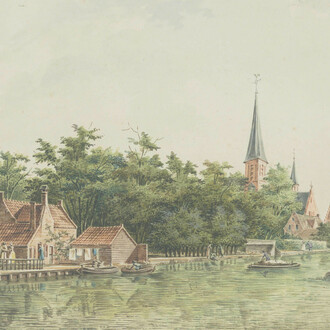Galerie Max Hetzler is pleased to announce the group show True Stories. A Show Related to an Era – The Eighties: Part II, curated by Peter Pakesch. The second part of the show includes works by Mirosław Bałka, Werner Büttner, Clegg & Guttmann, Mathis Esterhazy, Günther Förg, Isa Genzken, Robert Gober, Felix Gonzalez-Torres, Georg Herold, Axel Hütte, Mike Kelley, Martin Kippenberger, Jeff Koons, Meuser, Reinhard Mucha, Cady Noland, Albert Oehlen, Richard Prince, Cindy Sherman, Thomas Struth, Rosemarie Trockel, Franz West, Christopher Wool, Heimo Zobernig and will take place at Goethestraße 2/3.
Seen from today’s perspective, during this decade, the way art would function in society has changed largely. Within the history of the late 20th Century, the very two years 1968 and 1989 are truly significant for politics as well as for culture. One signifies the height of the Cold War and the departure to new freedoms, the other one the end of this Cold War and the dawn of a new world order (that still is not in place yet).
In a certain reading of Western culture, visual art, as well as other fields of the cultural domain, have come to a certain end by the 1960ties - the end of the Modern. Aesthetics and politics went alongside with this verdict. After some confusion, some years later, artists on both sides of the Atlantic would get a lot of satisfaction by acting against all consequences of history. The end of the ‘End of Art’ around 1980 was experienced as a liberation at least as strong as the move to freedom more than a decade before. The world was to change in an unexpected way. The artist as a strong individual in a world where an individual identity has been revealed as obsolete: that contradiction became enormously productive, creating new strategies and attitudes for artistic challenges.
The exhibition intends to present significant positions of that time and how they were shown in galleries between New York and Los Angeles on one side, as well as Cologne and Vienna on the other side. Those four cities of intellectual importance experienced a growing exchange during that period.
Having always been in the focus of post-war art as the supreme centre where things would ‘happen’, New York looked more and more to Cologne, Germany’s centre of the artistic production and discourse, of the gallery world and collecting. This glance was returned with even larger intensity, as American and German attention would also drift further down east to the long dormant capital Vienna, which started to move out of the shadow of the Iron Curtain, in anticipation of the overthrow that changed the world at the end of the decade. The regard would also point further west in the direction of California, mainly to Los Angeles, which became more and more an important contributor, independent from New York and very specific in its way to deal with either the American as well as the European opposites.
Thus the show would link the American centers, Los Angeles in the West and New York in the East, with the two European hotspots Cologne and Vienna, trying to understand and to demonstrate what was new and what would prove to be revolutionary for the way art developed in the future decades leading into the 21st century.
















